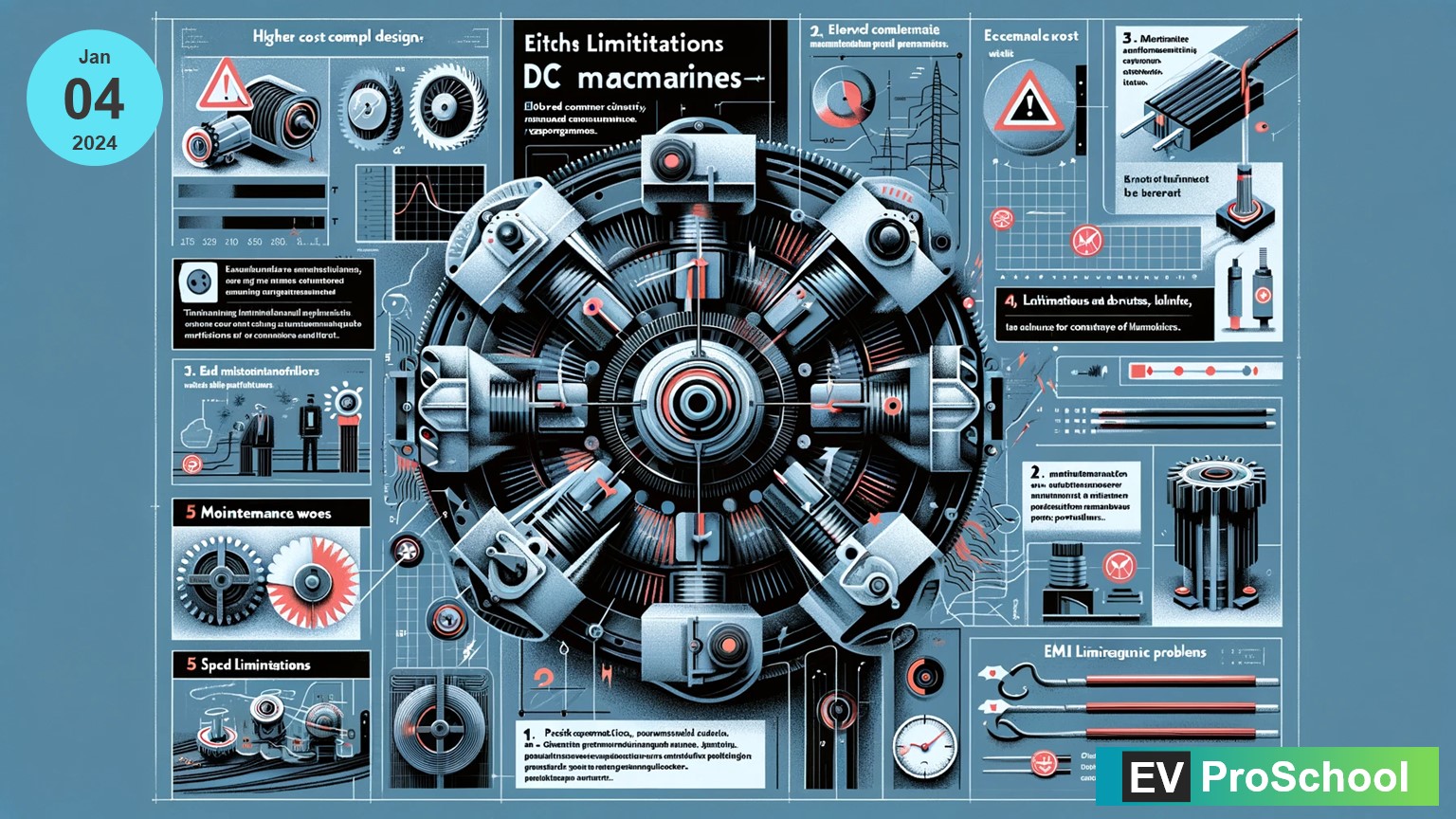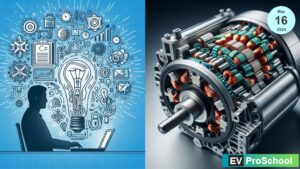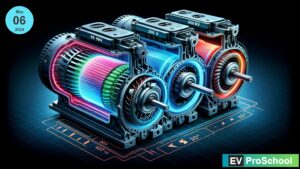Direct Current (DC) machines have been workhorses in variable speed applications for decades, from early industrial settings to some modern applications. However, these machines carry certain limitations that have shaped the course of their usage and driven the evolution toward alternative technologies. In this blog post, we’ll delve into the inherent disadvantages of DC machines, shedding light on higher costs, elevated rotor inertia, and the persistent challenges posed by commutators and brushes.
DC motor How it works
1. Higher Cost:
DC machines, while effective, often come with a higher price tag compared to their AC counterparts. This cost is associated with the complexity of the commutation system and the manufacturing intricacies required for the commutator and brushes.
2. Elevated Rotor Inertia:
One of the inherent drawbacks of DC machines is their higher rotor inertia. This characteristic limits the machine’s responsiveness to rapid changes in speed and makes them less suitable for applications demanding quick acceleration and deceleration
3. Maintenance Woes with Commutator and Brushes:
DC machines rely on commutators and brushes for the essential process of reversing current direction in the armature windings. While effective, these components bring maintenance challenges. The physical contact between brushes and commutator segments leads to wear over time, necessitating regular maintenance and eventual replacement.
4. Speed Limitations and Peak Current Issues:
The design of DC machines imposes speed constraints. The commutation process introduces a speed at which the brushes can effectively switch segments. Beyond this speed, the commutation becomes problematic, limiting the top speed of DC machines. Additionally, the use of brushes and commutators introduces constraints on peak current, affecting the machine’s overall power output.
5. EMI Problems:
Commutation in DC machines generates electromagnetic interference (EMI). The abrupt switching of current and the sparking that can occur at the commutator result in undesirable electromagnetic emissions. This aspect makes DC machines less desirable in applications where EMI is a critical concern.
Conclusion:
While DC machines have played a crucial role in various applications, their limitations have spurred the development and adoption of alternative technologies, such as AC machines and solid-state drives. The challenges posed by higher costs, maintenance-intensive components, speed limitations, and EMI issues have driven engineers to explore more robust and efficient solutions. Understanding these limitations is essential for appreciating the nuanced landscape of electric machines and making informed choices for specific applications in our ever-evolving technological landscape.



